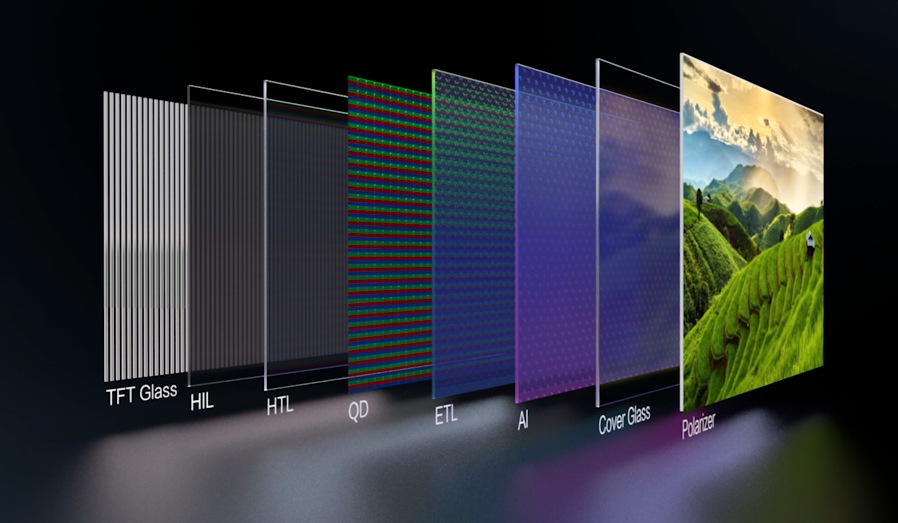In recent years, new display technologies have blossomed, and Mini LED has become the display technology that most color TV companies are deploying.

It is generally believed that 2021 is the first year for the commercialization of Mini LED TVs. This year, Samsung launched the Neo QLED TV with Mini LED backlight technology, and Apple also launched the first iPad Pro with Mini LED backlight technology.
Relevant survey data show that the global shipments of Mini LED backlight smart terminal products in 2021 will be about 3.92 million, and it is expected that by 2025, the data is expected to reach 16 million, with a compound annual growth rate of about 42.1%. Among them, Mini LED backlight TV shipments will be 1.6 million units in 2021, and it is expected that by 2025, the shipment scale will reach 9 million units. In addition, according to forecast data from DSCC, Mini LED panel shipments for tablet PCs are expected to grow by 80% by 2022.
Mini LED backlight products have different process solutions on the manufacturing side. For example, in the selection of backplanes, different panel companies will have different choices.
Some panel companies choose traditional PCB printed circuit boards as backplanes, while some panel companies choose glass substrates as Mini LED backplanes. So, what is the difference between the two options?
Compared with the PCB substrate, the glass substrate has many advantages: the thermal conductivity of the PCB material is not as good as that of the glass, and when the number of LED chips increases, the service life of the LED will be reduced; the glass substrate has the characteristics of good flatness and low expansion and contraction coefficient, which can better support COB packaging of Mini LED chips, and when the thickness of the PCB board is less than 0.4mm, when the LED chip is packaged on the PCB substrate, due to the different thermal expansion coefficients of the packaging glue and the PCB material, there may be a problem of glue cracking; When used, the glass base can achieve a narrow frame and low OD value (the distance between the lower surface of the diffuser and the upper surface of the circuit board), so that the TV can be made thinner and more fashionable; the glass base can make the area of the backplane smaller as needed Large, infinite splicing can be achieved, while the PCB version is difficult to achieve; in addition, the cost of the glass substrate is relatively lower compared to the PCB substrate.
Although the PCB substrate is relatively mature, there are many shortcomings in the field of Mini LED display, which is why Apple, Samsung and other giants are choosing glass-based Mini LED.
In summary, the Mini LED TV market is in the ascendant, and glass-based has better application prospects than PCB-based. With the promotion of upstream companies and terminal giants, whether glass-based can replace PCB-based in the future deserves continuous attention.
Nanjing Hecho Technology is committed to providing customers with optical transmission solutions. With strong R&D and production capabilities, it can provide high-brightness Light Source and various non-standard fiber bundle customization services, including AOI high uniformity for the glass substrate or PCB industry Linear Optical Fibers, etc., flexibly meet the differentiated needs of customers in different industries.